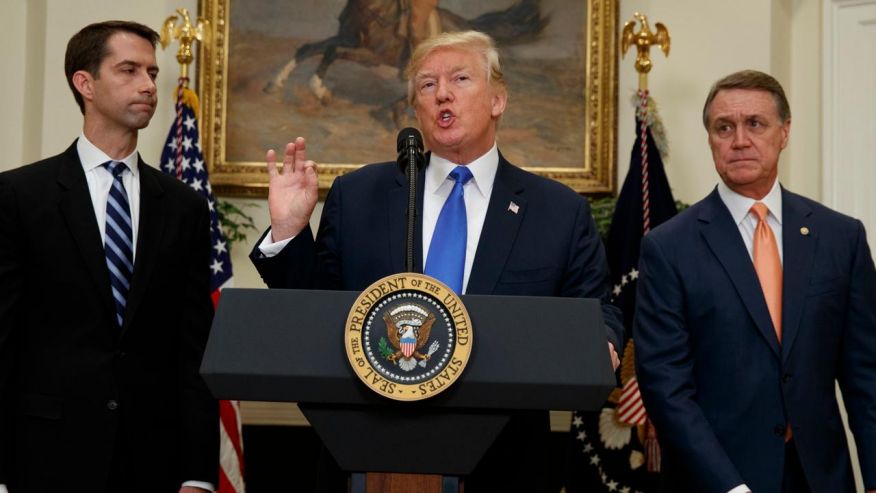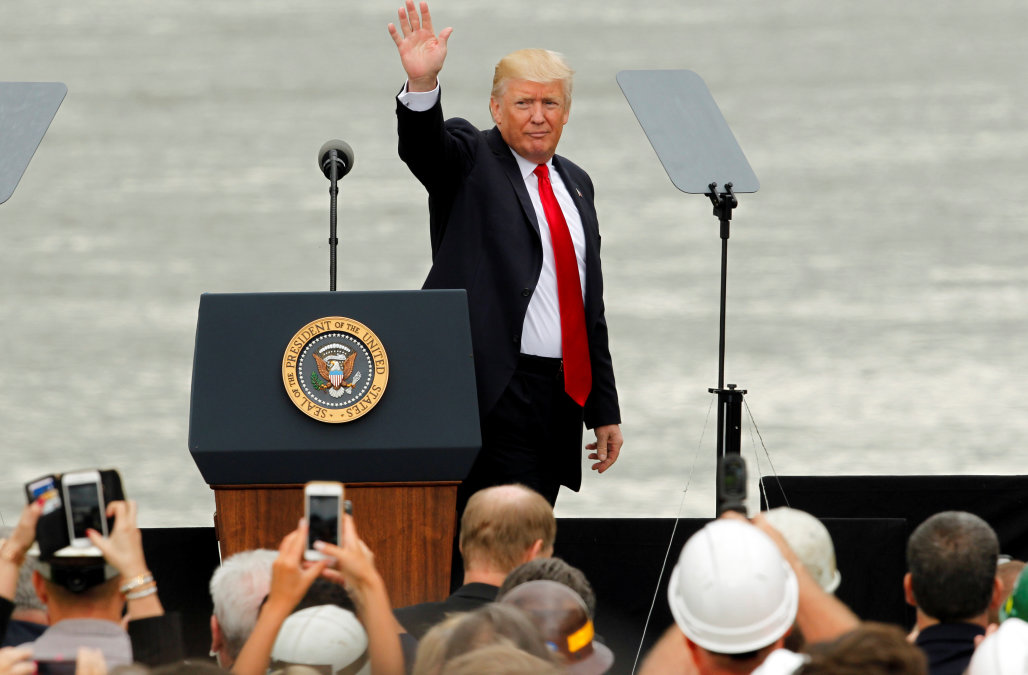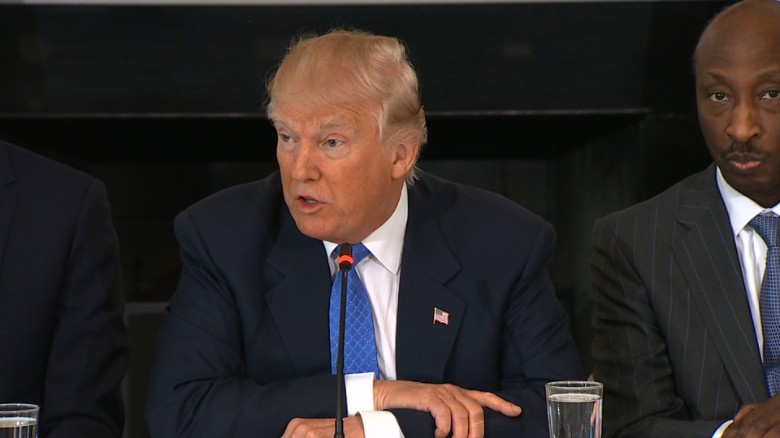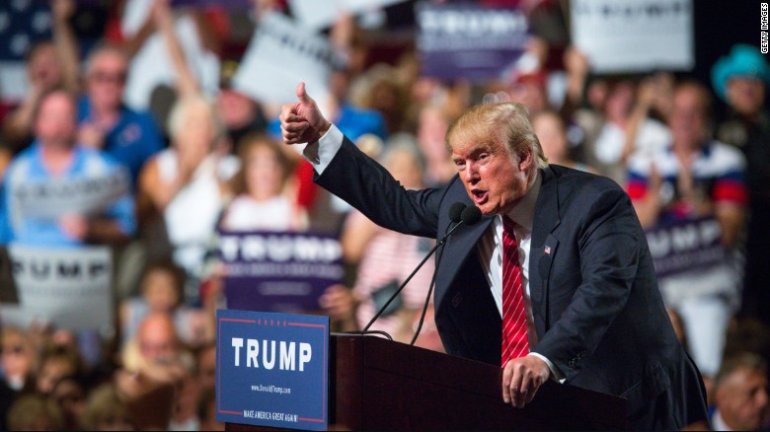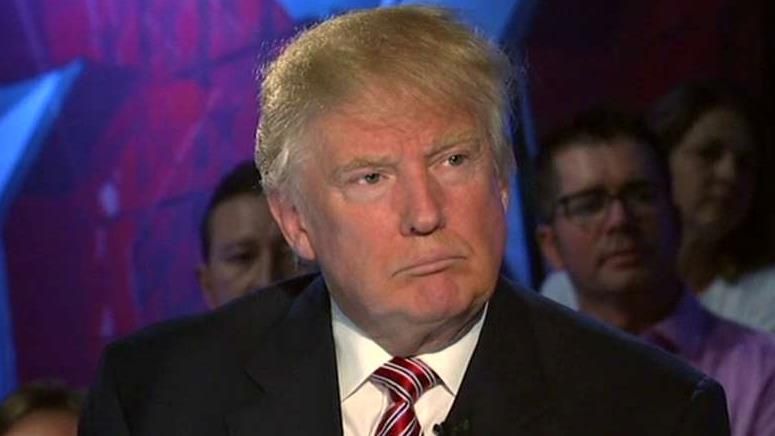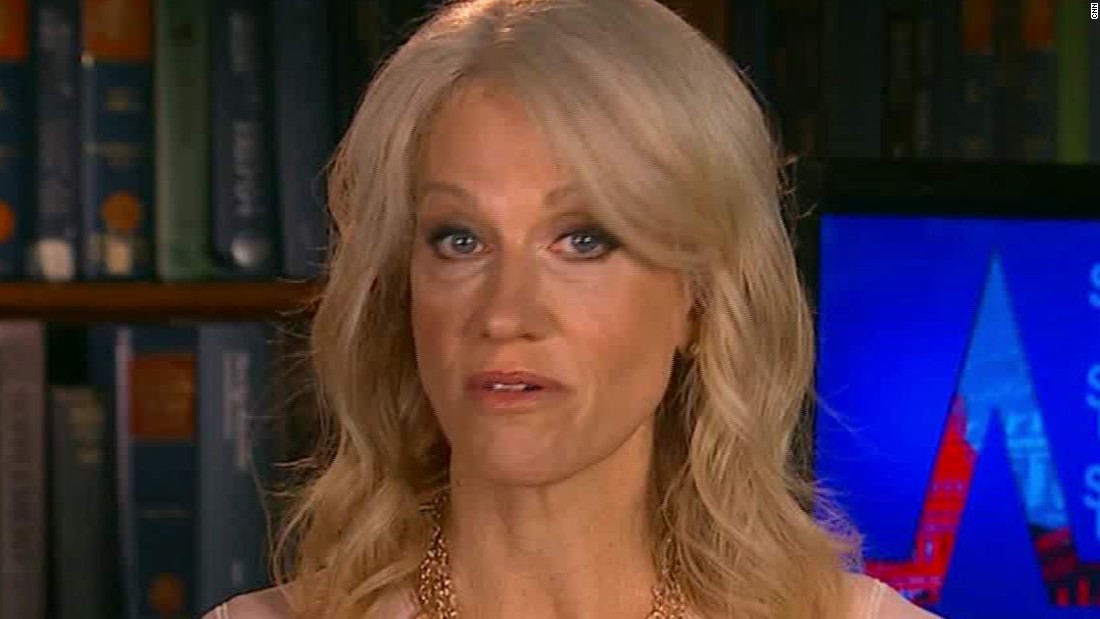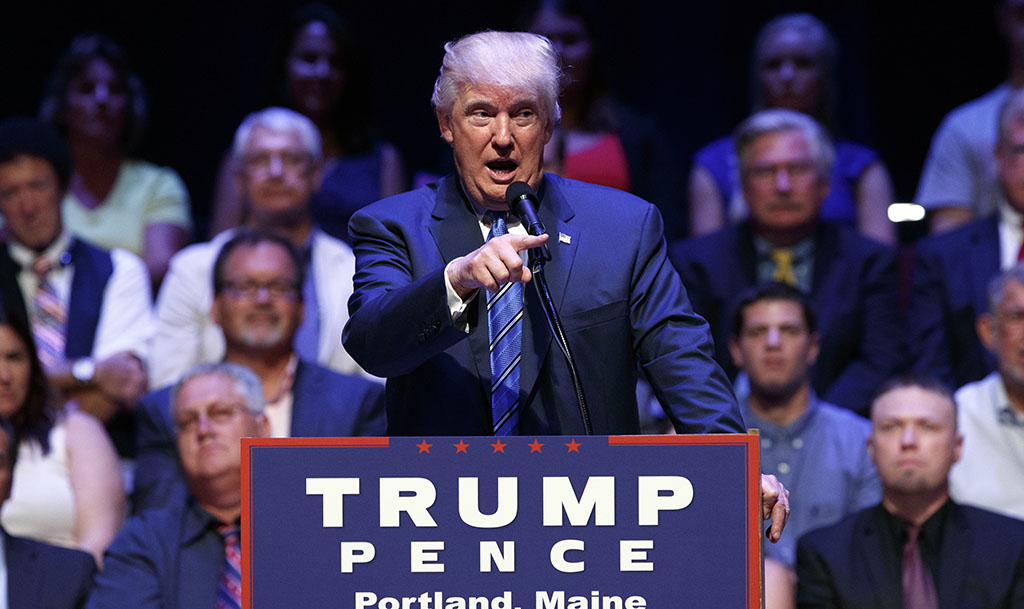Melania Trump was paid for 10 modeling jobs in the United States worth $20,056 that occurred in the seven weeks before she had legal permission to work in the country, according to detailed accounting ledgers, contracts and related documents from 20 years ago provided to The Associated Press.
The details of Mrs. Trump’s early paid modeling work in the U.S. emerged in the final days of a bitter presidential campaign in which her husband, Donald Trump, has taken a hard line on immigration laws and those who violate them. Trump has proposed broader use of the government’s E-verify system allowing employers to check whether job applicants are authorized to work. He has noted that federal law prohibits illegally paying immigrants.
Mrs. Trump, who received a green card in March 2001 and became a U.S. citizen in 2006, has always maintained that she arrived in the country legally and never violated the terms of her immigration status. During the presidential campaign, she has cited her story to defend her husband’s hard line on immigration.
The wife of the GOP presidential nominee, who sometimes worked as a model under just her first name, has said through an attorney that she first came to the U.S. from Slovenia on Aug. 27, 1996, on a B1/B2 visitor visa and then obtained an H-1B work visa on Oct. 18, 1996.
The documents obtained by the AP show she was paid for 10 modeling assignments between Sept. 10 and Oct. 15, during a time when her visa allowed her generally to be in the U.S. and look for work but not perform paid work in the country. The documents examined by the AP indicate that the modeling assignments would have been outside the bounds of her visa.
It is highly unlikely that the discovery will affect the citizenship status of Mrs. Trump. The government can seek to revoke the U.S. citizenship of immigrants after the fact in cases when it determines a person willfully misrepresented or concealed facts relevant to his naturalization. But the government effectively does this in only the most egregious cases, such as instances involving terrorism or war crimes.
The disclosures about the payments come as Mrs. Trump takes on a more substantial role advocating for her husband’s candidacy. She made her first speech in months Thursday, in which she spoke of her time working as a model in Europe and her decision to come to the U.S.
“As a young entrepreneur, I wanted to follow my dream to a place where freedom and opportunity were in abundance. So of course, I came here,” she said. “Living and working in America was a true blessing, but I wanted something more. I wanted to be an American.”
The documents obtained by the AP included ledgers, other accounting documents and a management agreement signed by Mrs. Trump from Metropolitan International Management that covered parts of 1996 and 1997. The AP obtained the files this week after seeking copies since August from employees of the now-defunct modeling firm, after Mrs. Trump made comments earlier this summer that appeared inconsistent with U.S. immigration rules.
A New York immigration lawyer whom Mrs. Trump asked to review her immigration documents, Michael J. Wildes, also reviewed some of the ledgers at AP’s request. Wildes said in a brief statement that “these documents, which have not been verified, do not reflect our records including corresponding passport stamps.” He did not elaborate or answer additional questions asking for clarification. Wilde appeared to be referring to Mrs. Trump’s arrival in the United States on Aug. 27, 1996, one day after the ledgers list a charge for car service to pick up Mrs. Trump from the airport. Trump campaign spokeswoman Hope Hicks also did not answer additional written questions from the AP.
Since questions arose earlier this year, Mrs. Trump has declined to publicly release her immigration records. Wildes, the immigration lawyer, released a letter in September that laid out the details of what he said Mrs. Trump’s immigration records show, including a seven-week window in which Mrs. Trump was in the U.S. before her work visa was issued.
At the time, Wildes was responding to accusations that Mrs. Trump was in the U.S. more than a year before she first obtained a visa to the country, for a modeling job several media outlets reported taking place in New York in 1995 for a January 1996 issue of Max Magazine, a French men’s magazine that is now defunct. Wildes’ letter claimed that Trump never modeled in the U.S. before 1996, when she obtained a work visa. A Politico investigation later found that the Max photo shoot was published in the February 1997 issue of the magazine, putting the time of Mrs. Trump’s modeling gig in late 1996.
But during the seven-week period between the end of August and mid-October of 1996, the ledgers list modeling work for clients that included Fitness magazine and Bergdorf Goodman department store. The management agreement, which said it was not an employment agreement, included a handwritten date of Aug. 27, 1996. The top of the document said it was “made and entered into as of this 4th day of September 1996.”
Many of the documents were part of a legal dispute related to the dissolution of the firm in the late 1990s and found recently in storage. The accounting ledgers for the firm’s models were listed on hundreds of pages of continuously fed paper that appeared yellowed with age. They were authenticated by a former employee who worked at the firm at the time. The employee spoke on condition of anonymity because this person feared retaliation and threats from Trump’s presidential campaign.
Exhibit markings with the records were also consistent with documents filed in New York state court, including a deposition of one former partner that referred to the same exhibit number. The sworn testimony describing the exhibit’s content matches the documents obtained by the AP.
A former partner, Paolo Zampolli, who previously told the AP that he recruited Mrs. Trump to come to the U.S. as a model, confirmed that the contract language was used by his firm and his signature appeared on the document. Mrs. Trump’s signature on the contract resembled her signature on her marriage license recorded in 2005. Asked about the two dates on the document, Zampolli said he usually vacationed in Europe each August and likely arranged for the contract to be formally executed when he returned to New York after Labor Day, even though Mrs. Trump had signed it eight days earlier.
Zampolli previously told the AP that Mrs. Trump obtained a work visa before she modeled professionally in the United States. He said the ledgers for Mrs. Trump were consistent with printouts used by his firm at the time, but he would not personally vouch for them because he said money matters were handled by the company’s chief financial officer, who has since died.
Zampolli said he did not recall Mrs. Trump working without legal permission. “Honestly, I don’t know. It’s like 20 years ago,” he said. “The contract looks (like) a real one and the standard one.”
Foreigners are not allowed to use a visitor visa to work for pay in the U.S. for American companies. Doing so would violate the terms of that visa and could prohibit a foreigner from later changing his or her immigration status in the U.S. or bar the foreigner from the United States again without special permission to come back. The E-verify system started in 1997- after Mrs. Trump came to the country- and was dramatically expanded after 2007.
Some ledgers obtained by the AP identify Mrs. Trump by her professional name and detail her involvement with the modeling agency from July 18, 1996, through Sept. 26, 1997. Other documents from the same accounting ledgers identify Mrs. Trump as Melanija Knaus and list $20,526 in gross earnings for the period before she was granted her work visa on Oct. 18, 1996. The documents also show the modeling company paid for her rent, lent her money and paid for her pager.
Some ledgers were first made available to True.Ink, an online lifestyle publication, and then independently obtained and verified by the AP.
Metropolitan International Management managed the careers of about 65 women in 1996 and 1997, according to court records. It paid the women as independent contractors, collecting a 20 percent commission and deducting expenses. The ledger shows that the firm also deducted federal taxes from the models’ gross earnings, including Mrs. Trump’s.
Mrs. Trump’s immigration story isn’t the first controversy the would-be first lady has faced on the campaign trail.
Earlier this summer, after giving a speech at the Republican National Convention, Trump was the subject of much criticism for lifting portions of her uplifting address from Michelle Obama’s own Democratic convention speech back in 2008. Her biography for the convention program also incorrectly claimed she had been granted a college degree in design and architecture at the university in Ljubljana, Slovenia.
(h/t CBS News)
